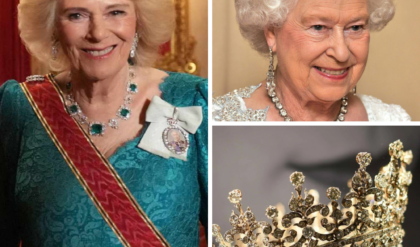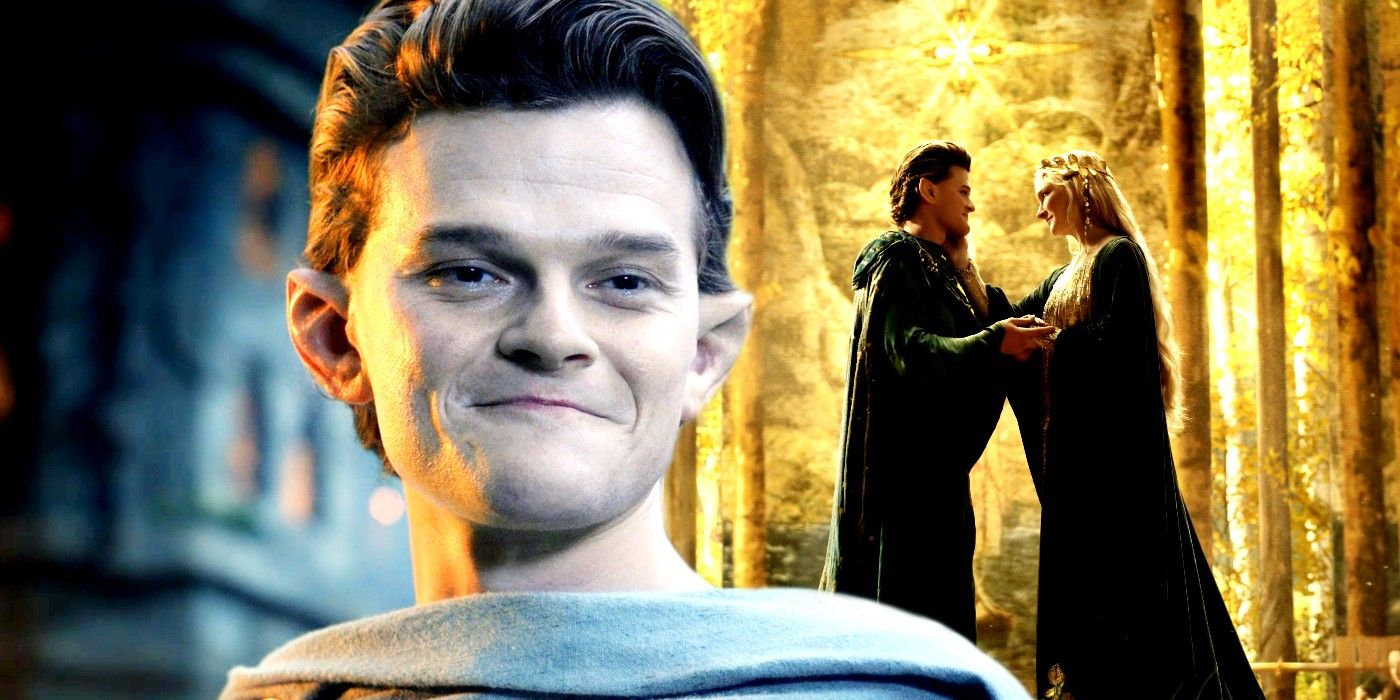
What are the Silmarils, and what relevance do they hold in The Lord of the Rings: The Rings of Power and the rest of Tolkien’s story? The Silmarils are seldom mentioned during Frodo’s quest in The Lord of the Rings, but within the wider context of J.R.R. Tolkien’s legendarium, their importance is rivaled only by Sauron’s One Ring. Amazon’s The Rings of Power has dropped a couple of passing Silmaril references but hasn’t incorporated them as much as it could have. Still, the Silmarils’ importance is felt in the reverence shown toward them during their rare mentions in Rings of Power.
Prime Video’s Rings of Power left out some of the most important points in Middle-earth’s history in which the Silmarils were involved. This has a lot to do with Amazon’s limited rights to Tolkien’s posthumous works, such as The Silmarillion. However, the TV show’s writers have found other ways to bring these precious stones into the story. Rings of Power season 1 explained that the mithril within the Misty Mountains are the result of the Silmarils, and Adar mentioned in season 2 that the Silmarils had once been fixed into Morgoth’s crown. Still, Rings of Power provides little explanation regarding their origin.
The Silmarils’ Creation & Morgoth’s Theft Explained
Rings Of Power Season 1 Left Out The Silmarils’ Role In The Noldor Elves Leaving Valinor
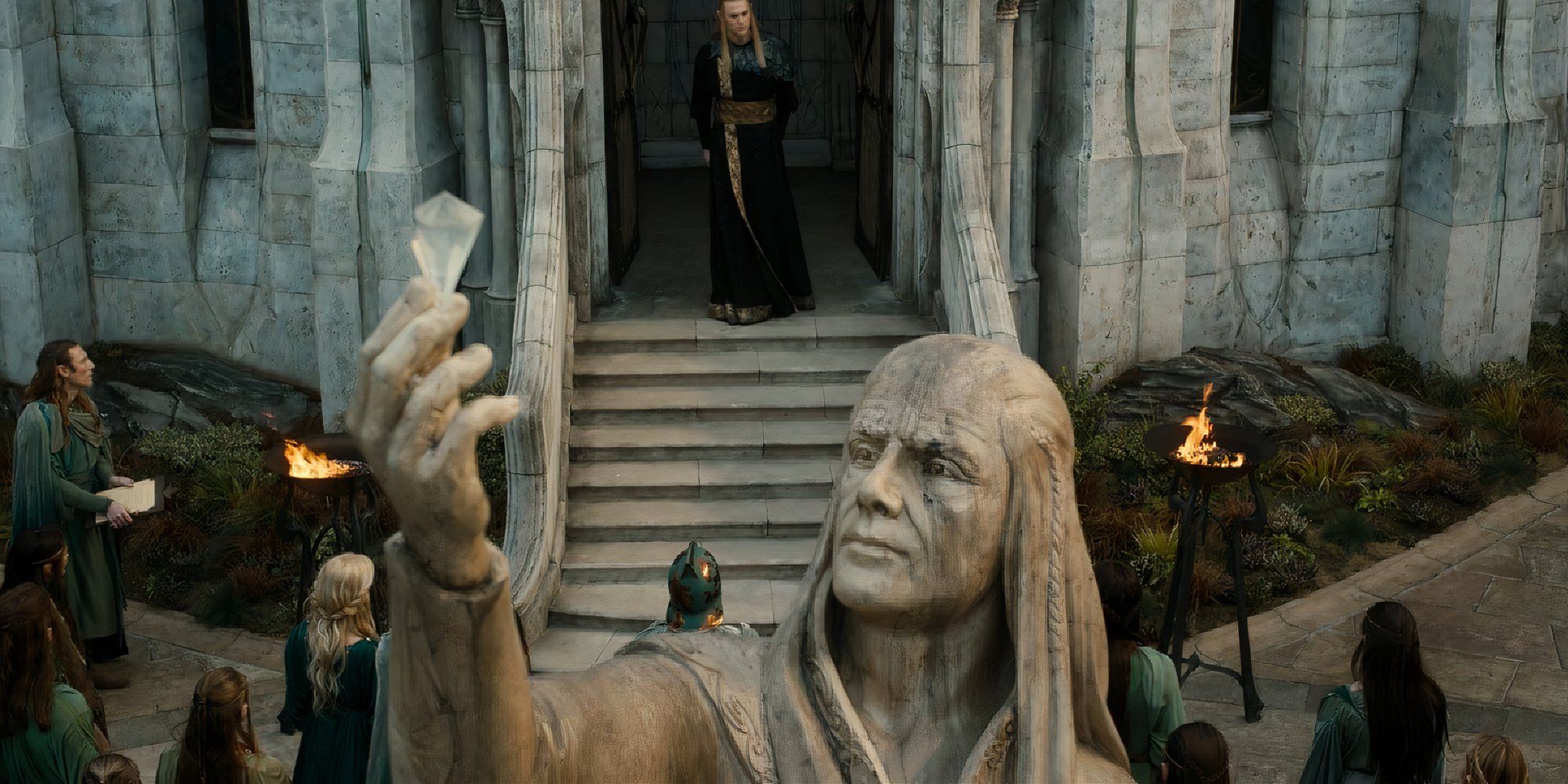
Fëanor was the greatest smith the Elves ever knew and lived with his kin in Valinor before the First Age. Embarking upon his magnum opus, Fëanor sought to construct three jewels containing essence from the Two Trees of Valinor. He succeeded, and these treasures were christened the Silmarilli, blessed by the Valar, and coveted by pretty much anyone who glimpsed one. Although the Silmarils began as a shining (literally) example of Elf craftsmanship, they, like most beautiful things in Tolkien’s mythology, inspired jealousy and greed.
Fëanor became increasingly possessive of his Silmarils and paranoid that others would attempt to seize them. These concerns were fueled and stoked by the renegade Vala Morgoth, who sought to breed division among the Elves. In the early First Age, Morgoth enacted his villainous master plan. Conspiring with the primordial spider spirit Ungoliant, Morgoth drained all light from the Two Trees of Valinor, stole Fëanor’s Silmarils, and fled to Middle-earth.
Fëanor was, as you’d imagine, less than pleased. He and his seven sons swore an oath to retrieve the Silmarils at all costs and led an exodus from Valinor to Middle-earth in the name of waging war against Morgoth. The Rings of Power‘s premiere history lesson contradicted this, with Galadriel claiming the Elves simply wished to vanquish Morgoth because of his tree-sapping antics.
Where Are The Silmarils During LOTR: The Rings Of Power
The Silmarils Were Divided, But Rings Of Power Changed The Story
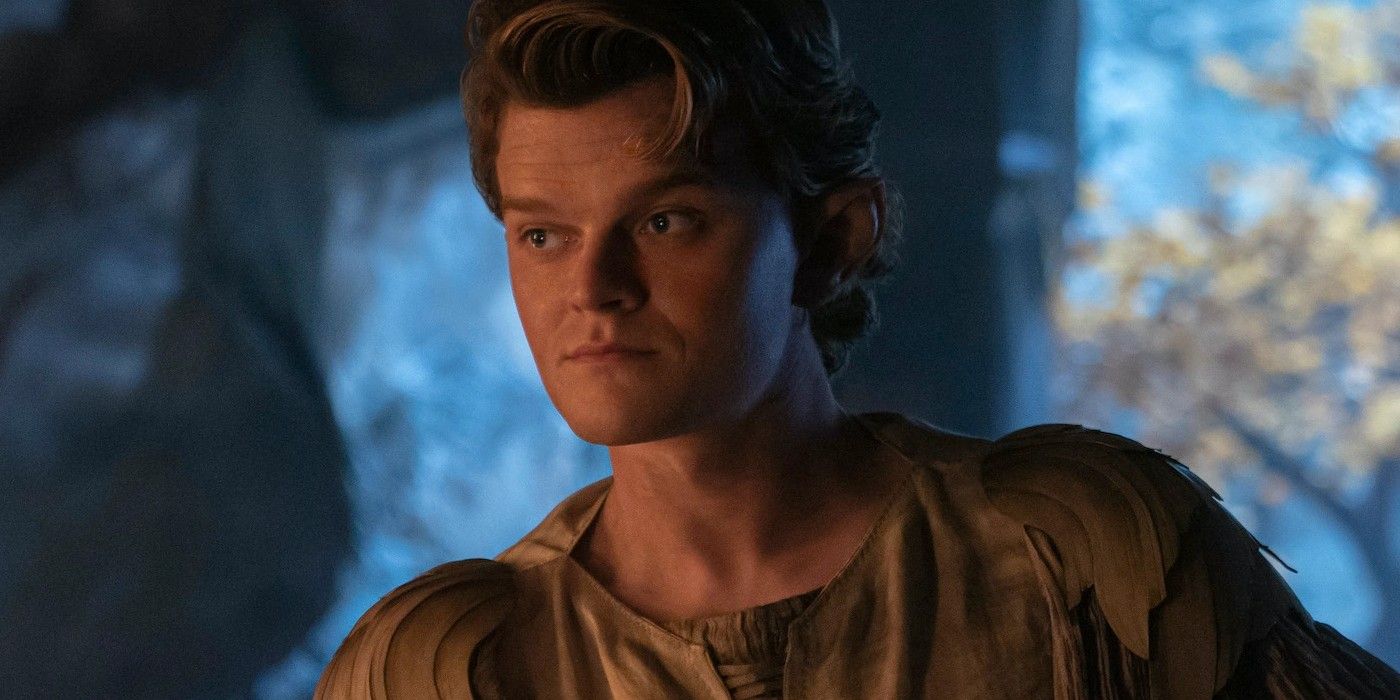
For a long time during J.R.R. Tolkien’s First Age, the Silmarils remained in Morgoth’s possession, with Fëanor and his sons unable to fulfill their oath. One Silmaril was stolen by Beren, a Man who sought to wed the Elf princess called Lúthien and needed the treasure to appease her father, Thingol. This jewel passed from Thingol to Lúthien, then to her son before reaching Elwing and, finally, her husband, Eärendil. As discussed by Robert Aramayo’s Elrond in The Rings of Power season 1, the Valar charged Eärendil with lighting up the night skies, and the source of that light is his shining Silmaril.
The other two Silmarils stayed with Morgoth until they were recovered from his lair after the War of Wrath. Looking to fulfill their oath, those pesky sons of Fëanor appeared and swiped the recently-rescued Silmarils, but because the cursed family had fallen out of virtue, their hands burned to touch such brilliant light. In their misery, one Silmaril-stealing son jumped into the sea, and the other jumped into a deep chasm within the earth.
When The Rings of Power begins, one Silmaril is in the sky with Eärendil, one is lost in the sea, and one is buried underground.
When The Rings of Power begins, one Silmaril is in the sky with Eärendil, one is lost in the sea, and one is buried underground. It’s not immediately obvious which of the Silmarils found itself in a tree atop the Misty Mountains or when the Elves’ mithril creation legend could’ve taken place. This Rings of Power retcon is another that doesn’t quite fit with Tolkien’s original story.
The Rings Of Power Gives The Silmarils A Different Function
The Light Of The Silmarils Is Made The Elves’ Salvation
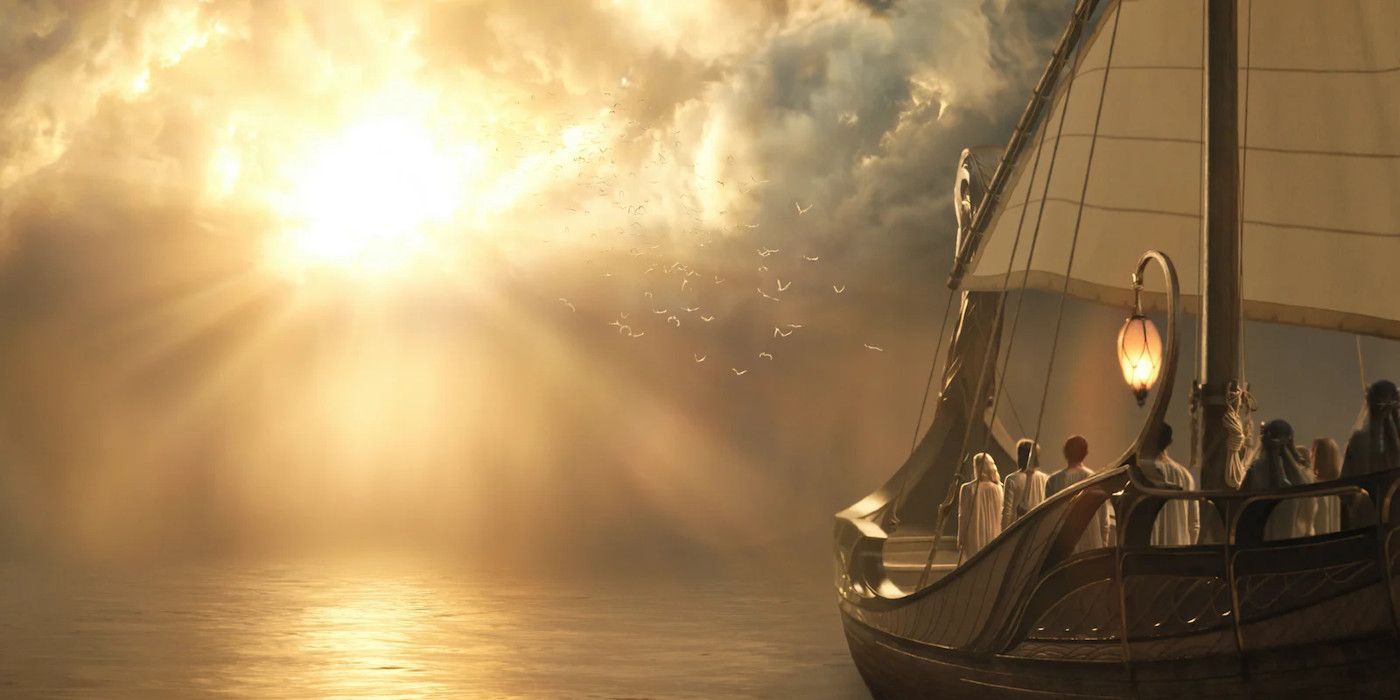
The Rings of Power interprets that story far more literally and gives the Silmarils a more direct influence upon Middle-earth. This change was first hinted at in The Rings of Power season 1 when Elrond and Celebrimbor speculated that the Silmarils were so beautiful that they very nearly turned Morgoth good. Morgoth possessed all three Silmarils for many years in Tolkien’s original mythology, and they only made him more bitter because he couldn’t touch them with evil hands without being burned.
Rings of Power season 2 further demonstrated the changes Prime Video made to the Silmarils’ power. The Three Elven Rings were made from mithril, which, in Amazon’s version of events, is a byproduct of the Silmarils. The Three, therefore, saved the Elves from diminishing to Valinor. Then, Sauron and Celebrimbor used mithril again to make the Seven Dwarven Rings—though these were corrupted by Sauron’s touch. The mithril gave these Rings power, but the Dark Lord’s evil made them corruptive by nature.
After running out of mithril, Sauron tricked Celebrimbor into making the Nine Rings for Men using the Dark Lord’s black blood.
How The Silmarils Can Cure The Elves’ Fading
Rings Of Power Gave Mithril A Unique Function
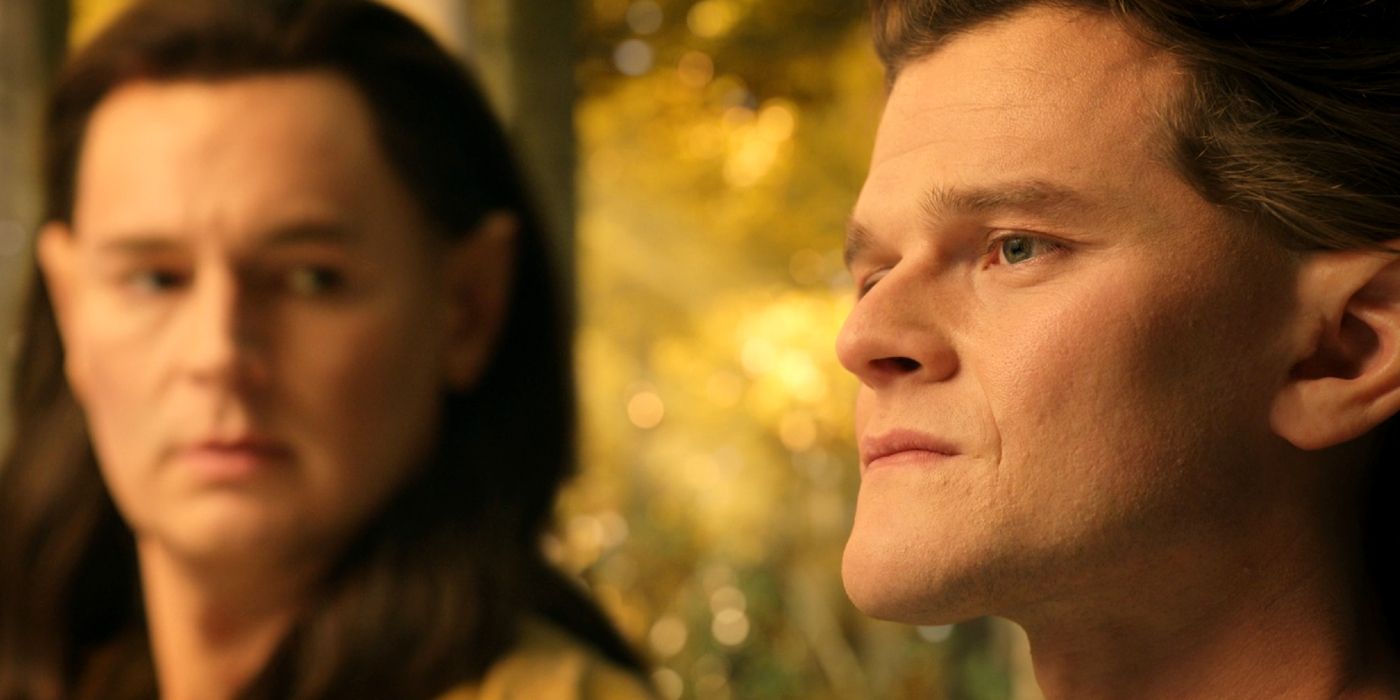
The idea of Elves “fading” in Middle-earth unless they travel back to Valinor is drawn from The Lord of the Rings, but it’s never suggested that the Silmarils (or mithril for that matter) could save them. This is because Tolkien’s reason for the Elves diminishing isn’t a lack of Valinor’s light but a more existential cost of immortality and the coming dominance of Men in Middle-earth. The Rings of Power appears to have remolded Tolkien’s mythology to make all Elves dependent on a literal light from Valinor shining inside them.
A secondary source would be the Silmarils, which hold the trees’ essence, and in The Rings of Power‘s case, mithril, which harbors a Silmaril’s essence. This version of events makes Fëanor’s Silmarils far more important to the Second Age than Tolkien’s source material and maybe adds an extra (TV-canon only, of course) motivation for Fëanor to craft them in the first place – a break-glass-in-case-of-emergency for his race’s survival, not just three pretty jewels to gawk at.
Will The Silmarils Appear In The Rings Of Power?
Prime Video May Make Even Further Changes
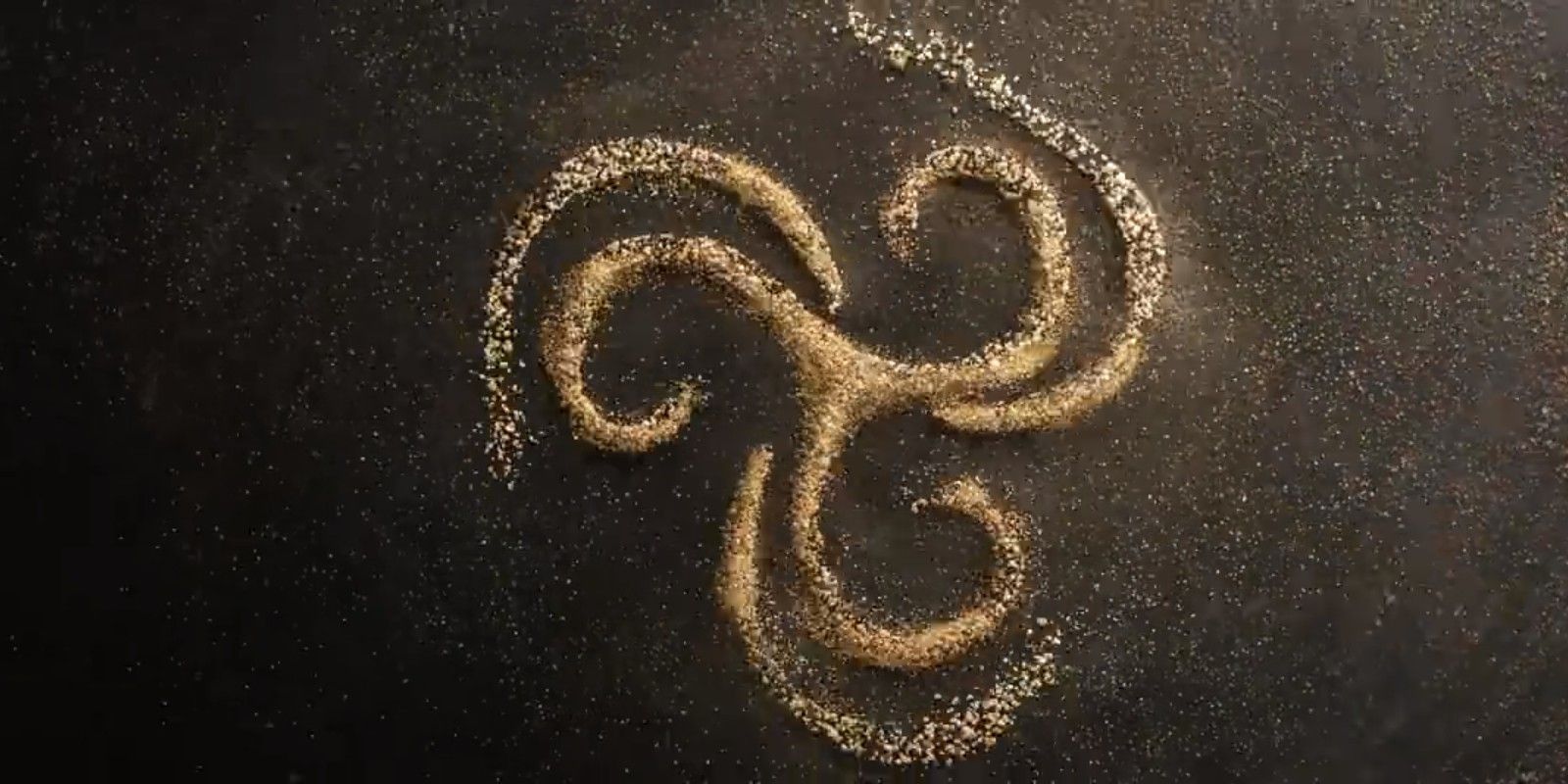
The Silmarils should be long lost by the time The Rings of Power begins, but the Amazon series drops several clues that mean the jewels could make an appearance. Elrond and Celebrimbor’s conversation in The Rings of Power season 1 confirmed the Silmarils were, as per original lore, stolen by Morgoth. While Elrond describes them as “lost” in episode 5, no information is provided on what became of the jewels after Morgoth’s defeat. Even when discussing his father, Elrond describes Eärendil carrying the “Evening Star,” which isn’t necessarily the same thing as the Star of Eärendil Silmaril.
The Rings of Power’s Roots of Hithaeglir legend further suggests that showrunners J.D. Payne and Patrick McKay may rewrite Silmaril history so that one or more of them can make a surprise reappearance in a future episodes.
The Rings of Power‘s Roots of Hithaeglir legend further suggests that showrunners J.D. Payne and Patrick McKay may rewrite Silmaril history so that one or more of them can make a surprise reappearance in a future episodes. However, with their power being captured within mithril, and this ore serving importance regarding Sauron’s titular Rings of Power, this may be as far as Amazon is willing to take these iconic stones. Only time will tell.
How The Silmarils Factor Into The Main Lord Of The Rings Trilogy
The Light Of The Silmarils Isn’t Lost
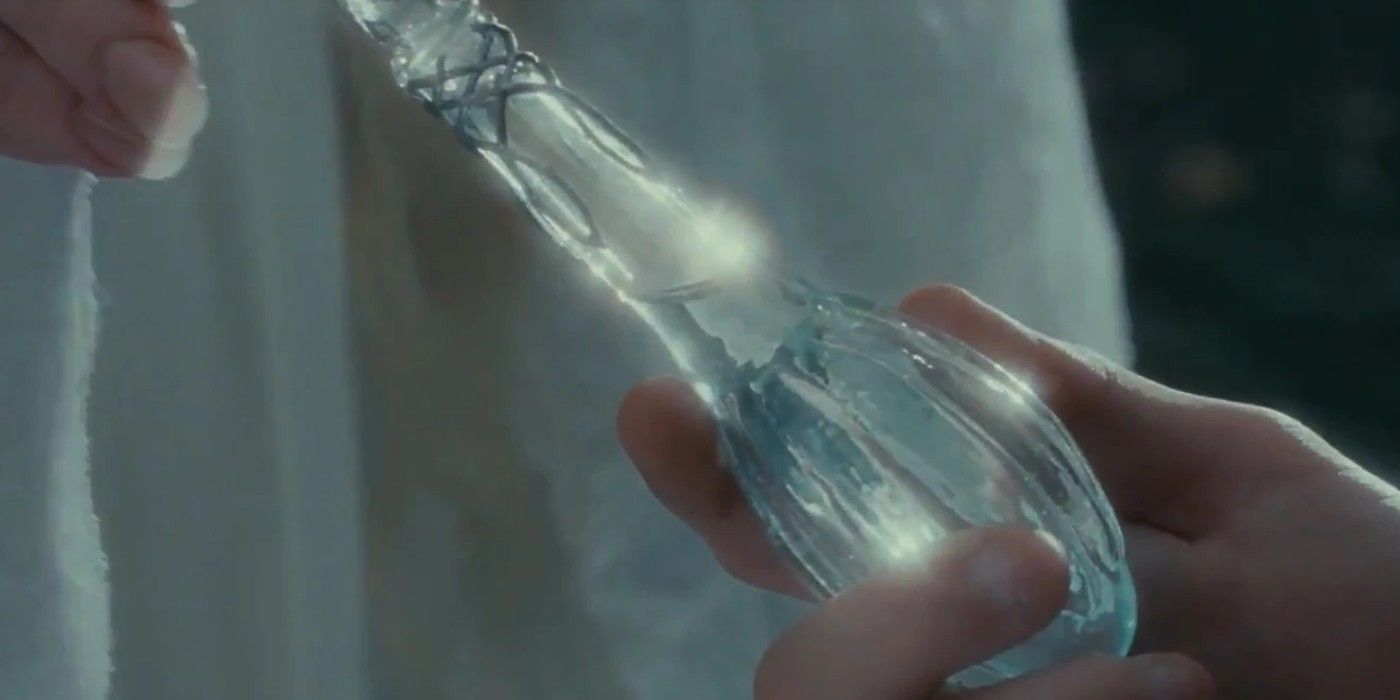
Though deeply important to the stories of the First Age, the Silmarils themselves don’t hold much weight for the primary story of The Lord of the Rings. Of course, Rings of Power suggests otherwise. It’s mentioned several times throughout Frodo’s story that the Elves must return to Valinor, and the Prime Video series suggests that this is because they need the light of the Two Trees, or, by extension, the Silmarils. As previously discussed, however, this isn’t canon. Therefore, the Silmarils have absolutely zero impact on the steady migration of the Elves from Middle-earth to Valinor.
Of course, there is an instance in Lord of the Rings in which the light of the Silmarils comes into play. In The Fellowship of the Ring, Galadriel gave Frodo the Phial of Galadriel, which contained water from her fountain, taken as it reflected the light of Eärendil’s star. Though several times removed (water reflecting a star lit by a Silmaril which had captured the light of the Two Trees), the Phial of Galadriel would have been kin to a Silmaril. Frodo and Sam used this light-water to fight off Shelob, a descendant of Ungoliant (destroying of the Two Trees). In classic Tolkien fashion, it all ties together in the end.





